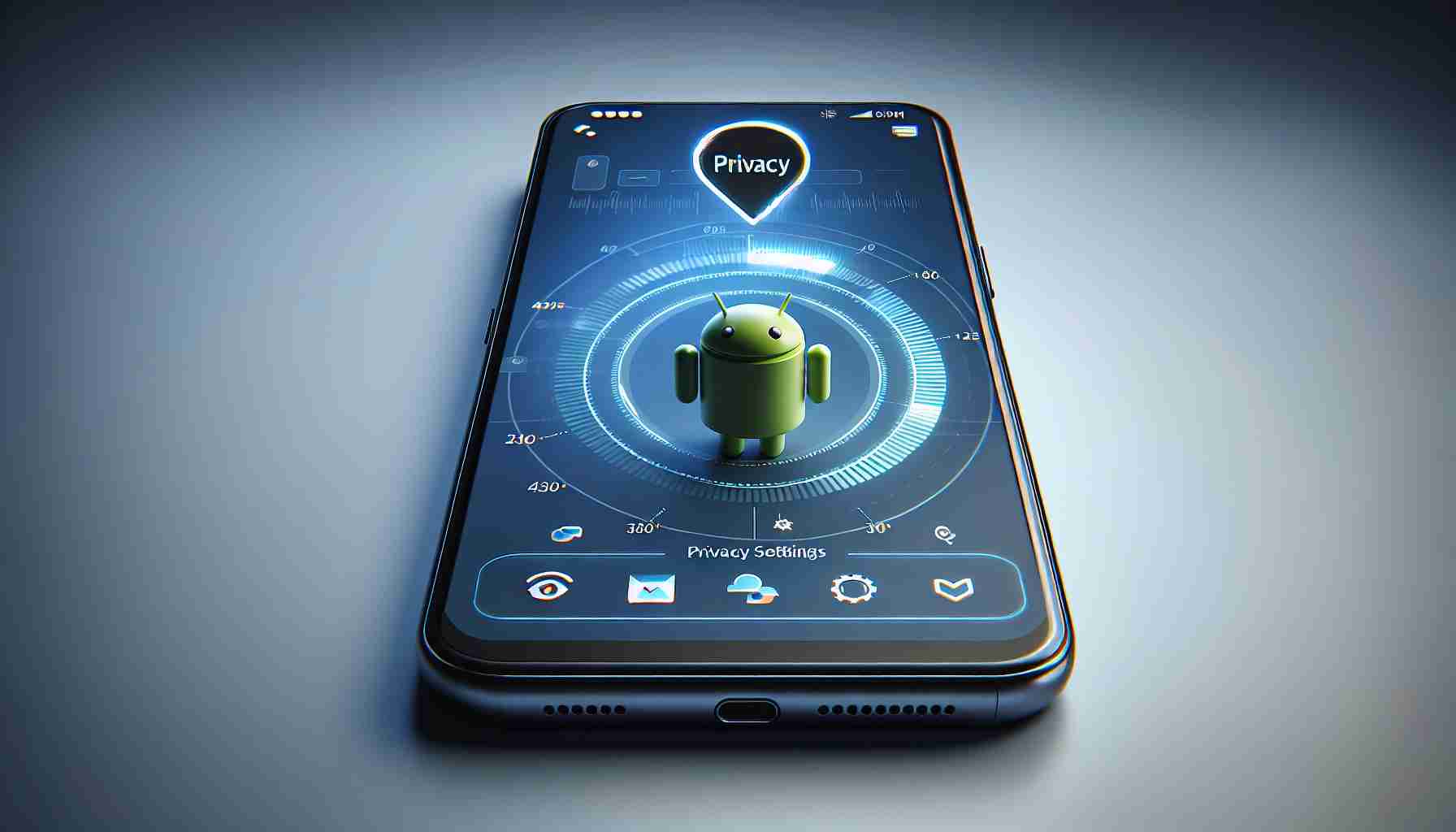The Presence of a Privacy Indicator Could Signal Active Microphone or Camera
If you’re an Android smartphone user, you might have noticed a novel feature that’s raising eyebrows—particularly, a tiny green privacy indicator in the upper right corner of the screen. This small but significant visual cue indicates that either the camera or the microphone is currently being used.
Is an Active Camera or Microphone a Cause for Concern?
This occurrence isn’t necessarily a red flag, but it could signify that an app is trying to access your device’s microphone or camera without permission. In the world of apps, there is a legitimate need for certain services to use these features to function properly. For example, video calling apps need to access your camera and microphone to facilitate the call. However, there’s the flip side where some applications may be overstepping their boundaries for less savory reasons.
Managing App Permissions on Android Devices
Thankfully, Android devices offer a straightforward way to manage app permissions. This allows you to retain control over which apps can access specific functions of your phone. If the privacy indicator flash up without an obvious reason, it’s recommended that you check the current app permissions and conduct a security scan to ensure your private information remains protected. Performing regular check-ups on your app permissions can help prevent unwarranted access and protect your privacy.
What to Do if You Spot the Privacy Indicator Unexpectedly?
When the privacy indicator appears without clear justification, it’s vital to take immediate action. The first step is to identify which app is using the camera or microphone by dragging down the notification shade to spot the app icon next to the privacy indicator. If the app shouldn’t be using these features, it’s best to close it and check the app permissions. You can modify permissions by going to Settings, tapping on Apps, selecting the suspected app, and adjusting what it’s allowed to access.
Key Challenges with Privacy Indicators
One of the main challenges with privacy indicators is ensuring that users understand what they signify. Additionally, sophisticated malicious software might potentially operate without triggering the indicator, although this is less common given the security measures in place on most modern Android devices.
Controversies Surrounding App Permissions and Privacy
There has been some controversy over how app permissions are handled on various devices, with concerns over apps that request more permissions than necessary for their functionality. This can lead to privacy risks and potential exploitation of personal data. Moreover, there has been debate regarding the transparency of how apps use the granted permissions.
Advantages of Android’s Privacy Indicator
The introduction of a privacy indicator is a step toward enhancing user privacy and security. It offers a real-time alert when sensitive phone features are in use and encourages users to be more vigilant about their app’s activities. This promotes better personal data management and security awareness.
Disadvantages of Android’s Privacy Indicator
A potential disadvantage of the privacy indicator feature is that it might not be foolproof. Some users may find it annoying, especially if it appears frequently during regular app usage. Additionally, there could be instances where the indicator fails to inform the user due to a system glitch or a loophole exploited by an application.
For more information on Android’s features and privacy policies, visit the official Android website by following this link. Remember, always ensure that URLs you visit are secure and the information is up to date to protect your personal data and privacy.
